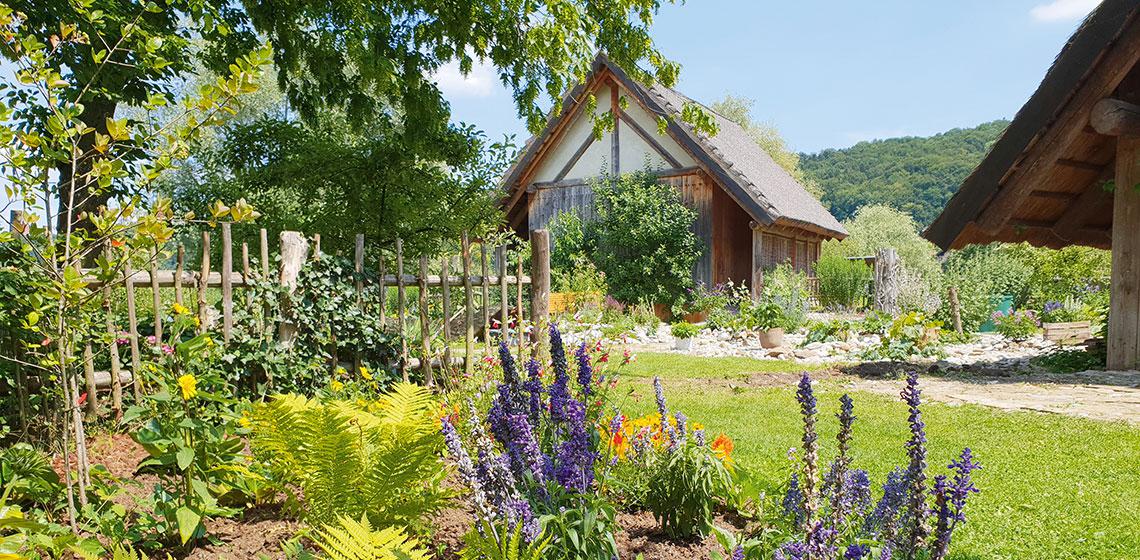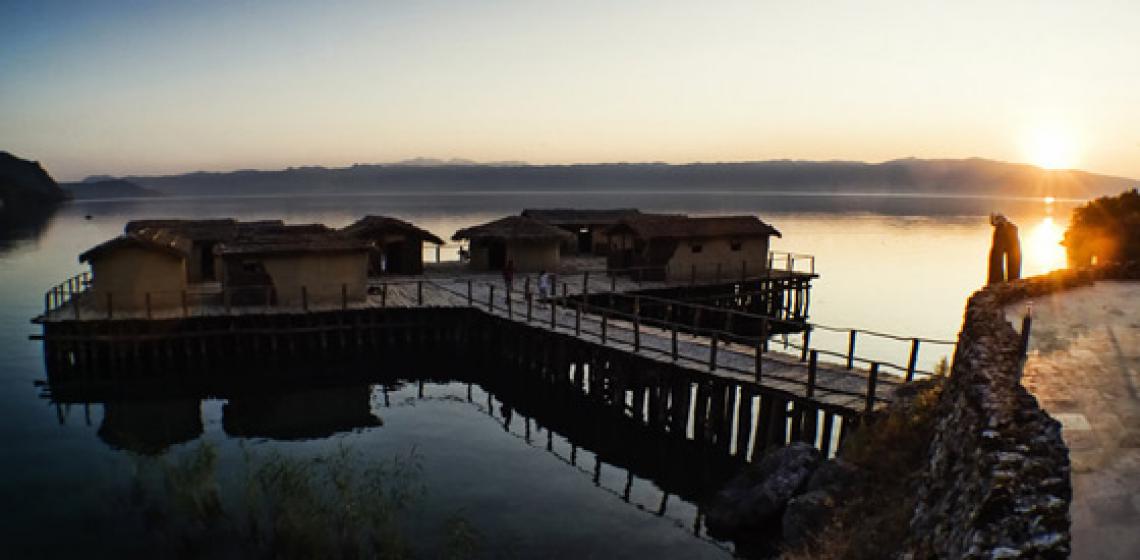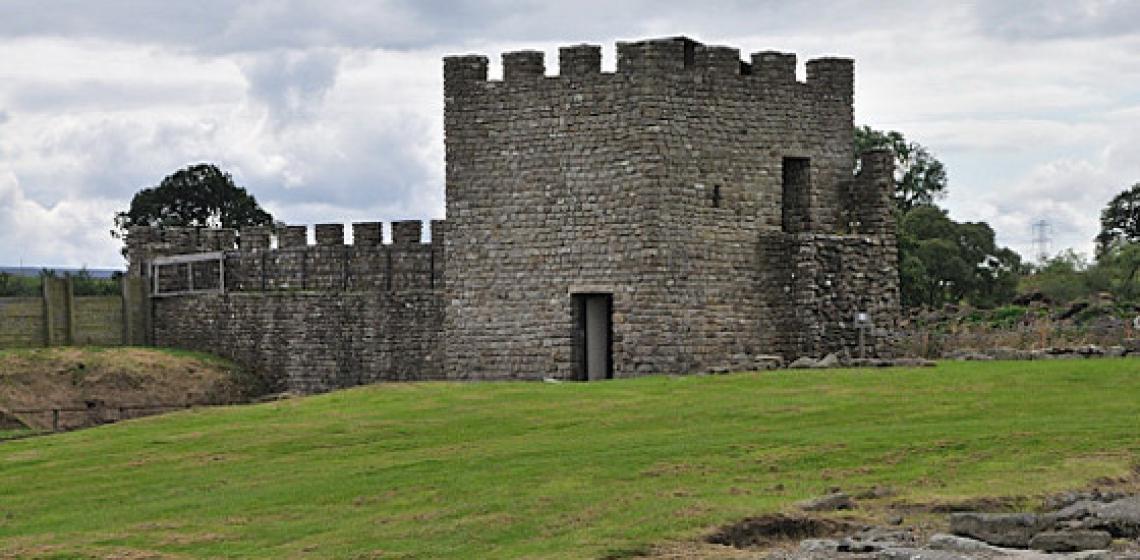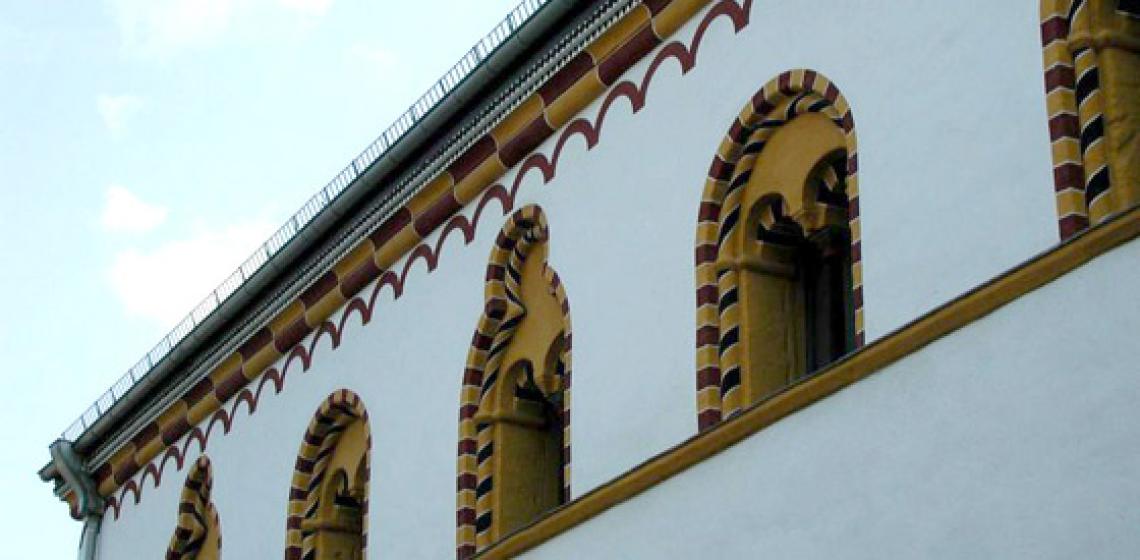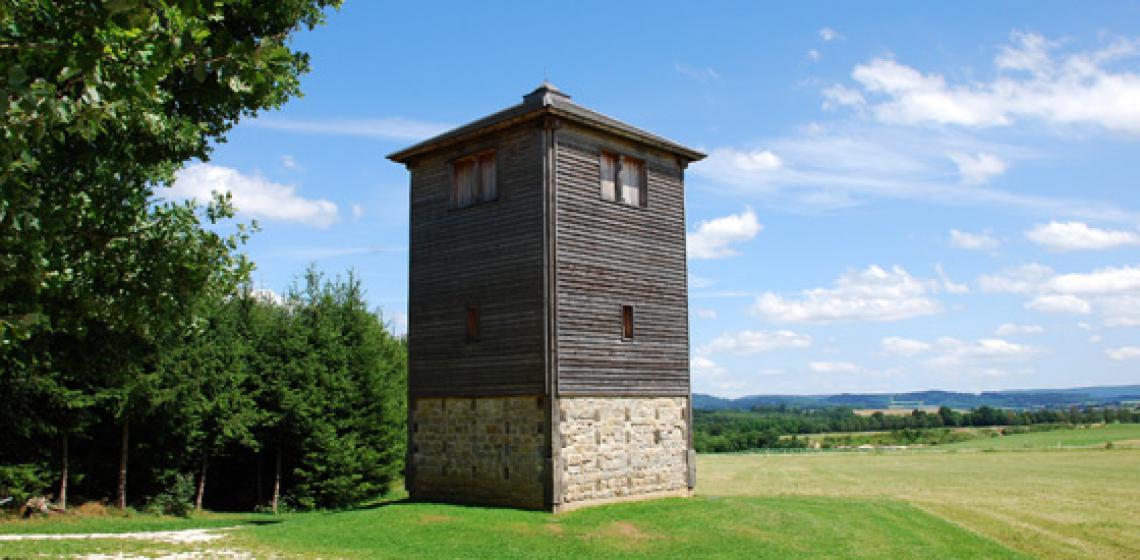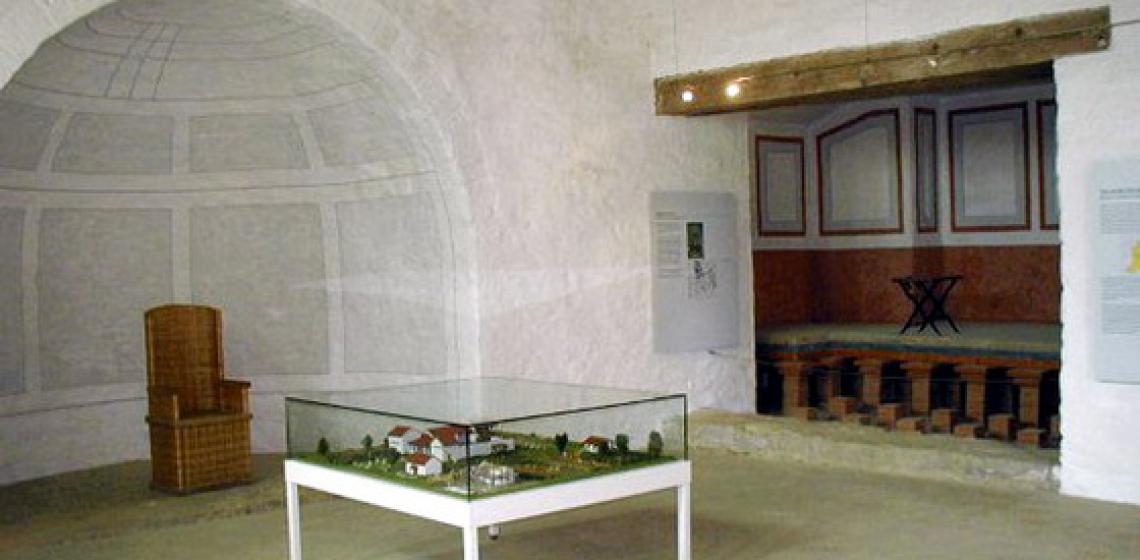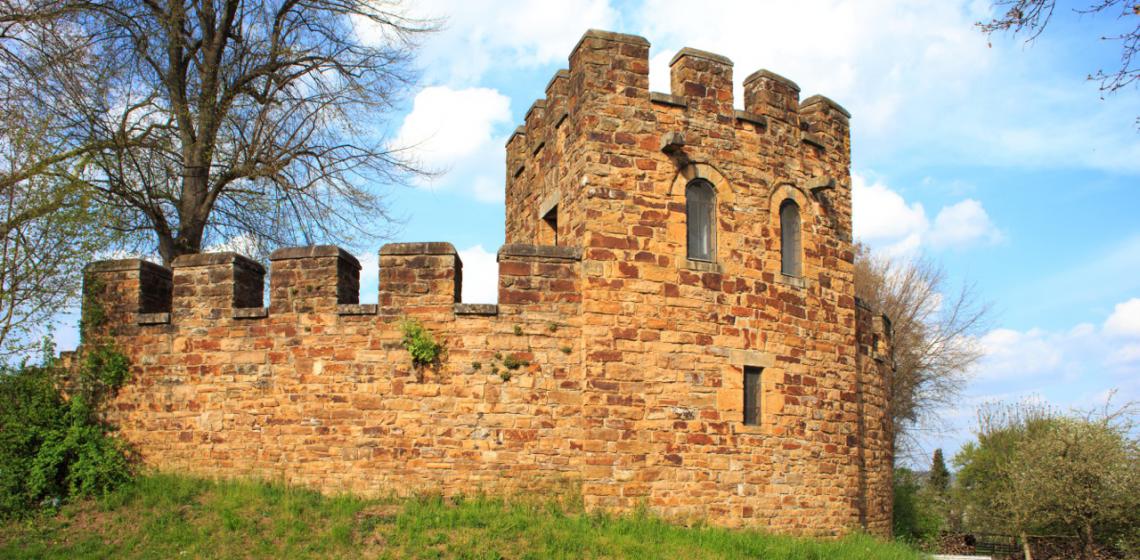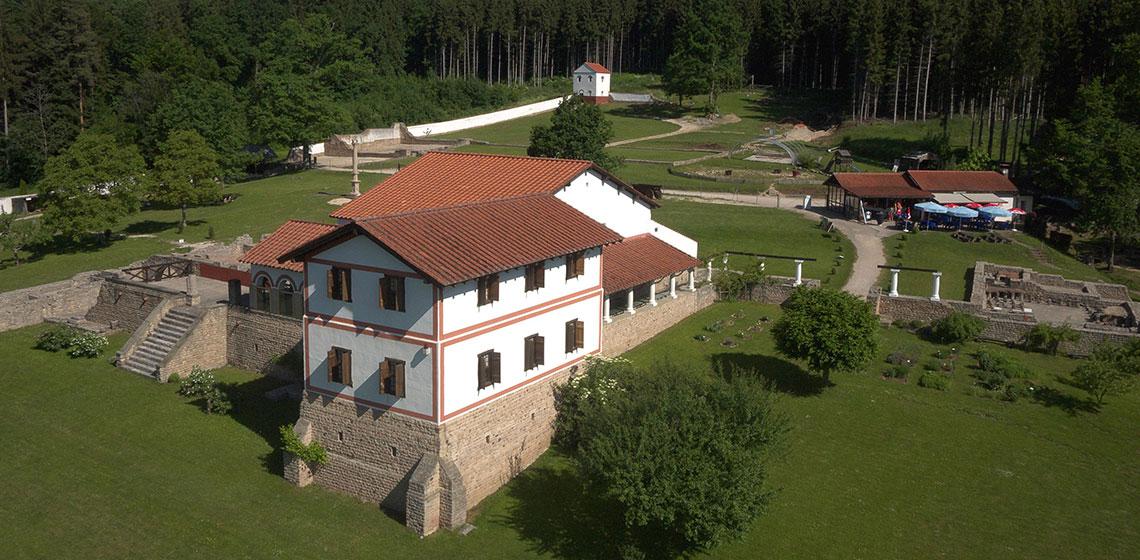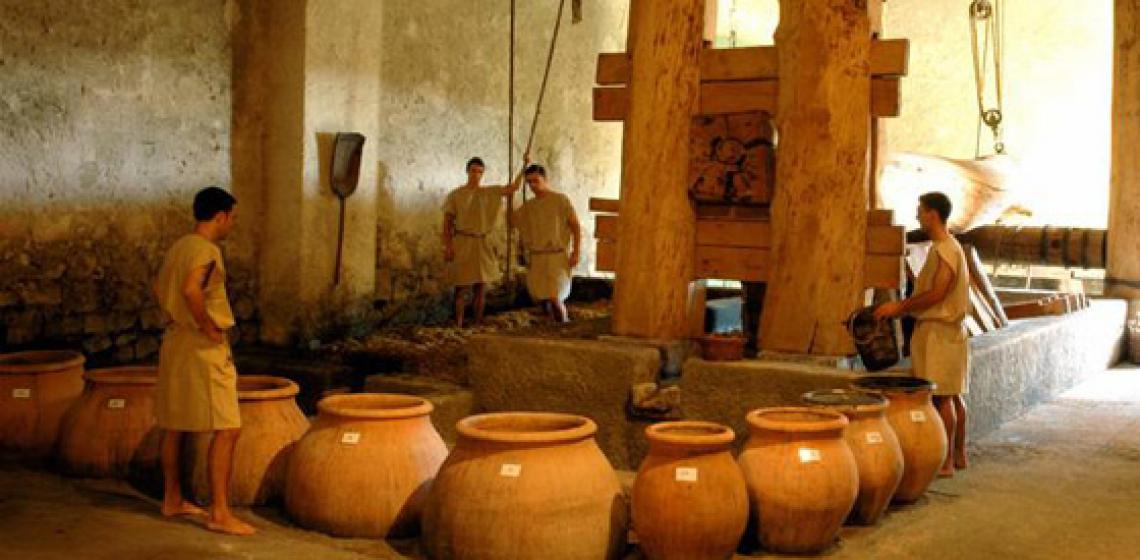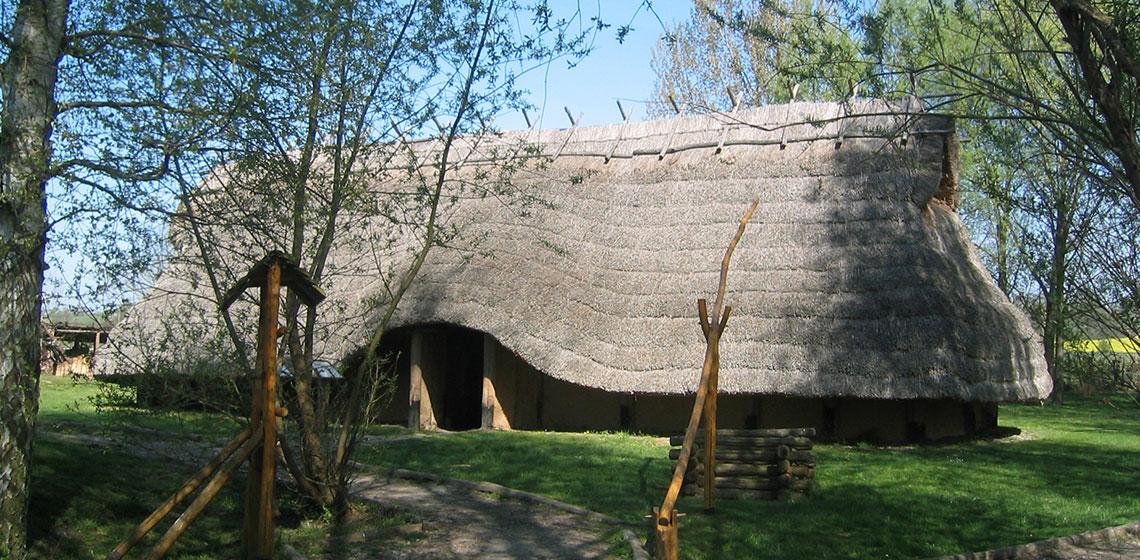Natur- & KulturWerkstatt Bajuwarengehöft Mattsee (SL) (AT)
In 488 AD, the command came from Rome for all Romans to withdraw to Italy: the end of the West Roman Empire. From different areas groups of people started occupying territory in the Salzburger Land. They formed the people called Bavarii (Bajuwaren) with their own dukes, the Agolfinger with Regensburg as residence and their own laws which played an important role until the 14th century. The Bavarii held a part as large as Old Bavaria, a large part of Austria and South Tirol. They were dependent of the Franks since 595.
In 488 AD, the command came from Rome for all Romans to withdraw to Italy: the end of the West Roman Empire. From different areas groups of people started occupying territory in the Salzburger Land. They formed the people called Bavarii (Bajuwaren) with their own dukes...

